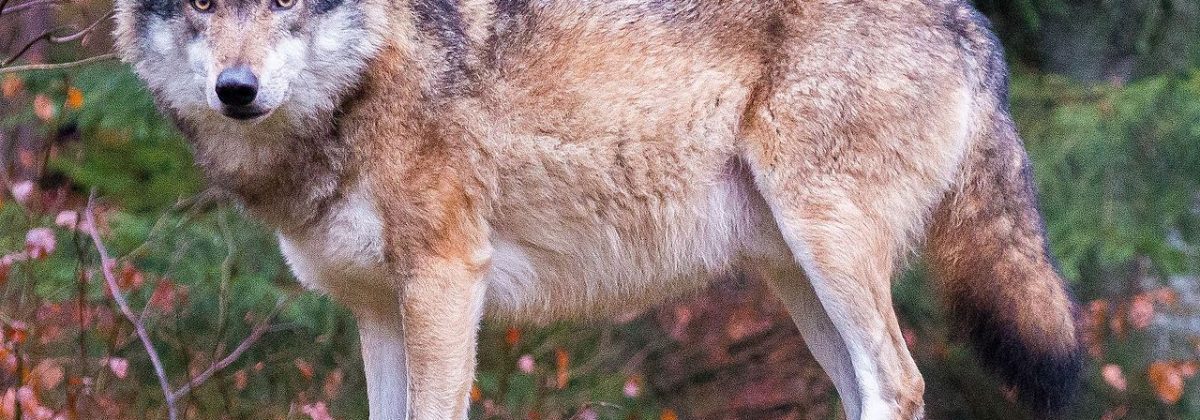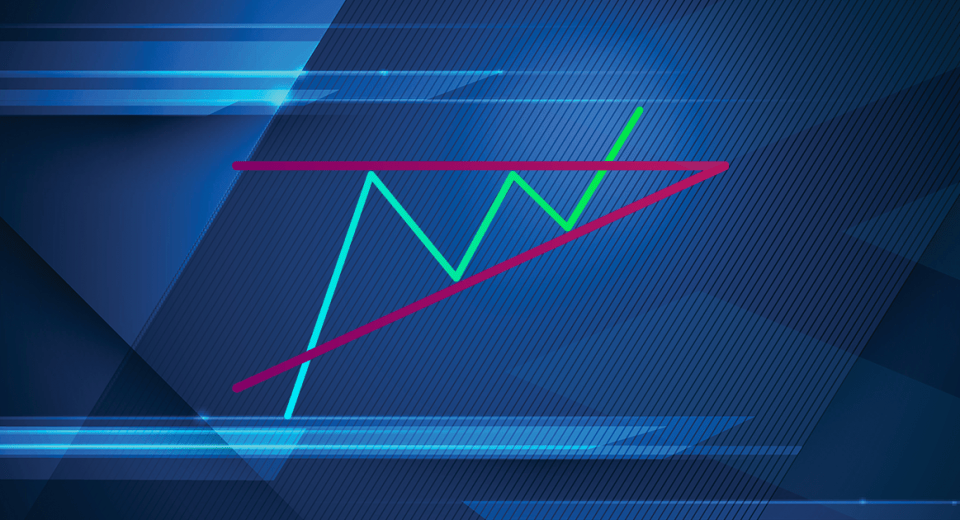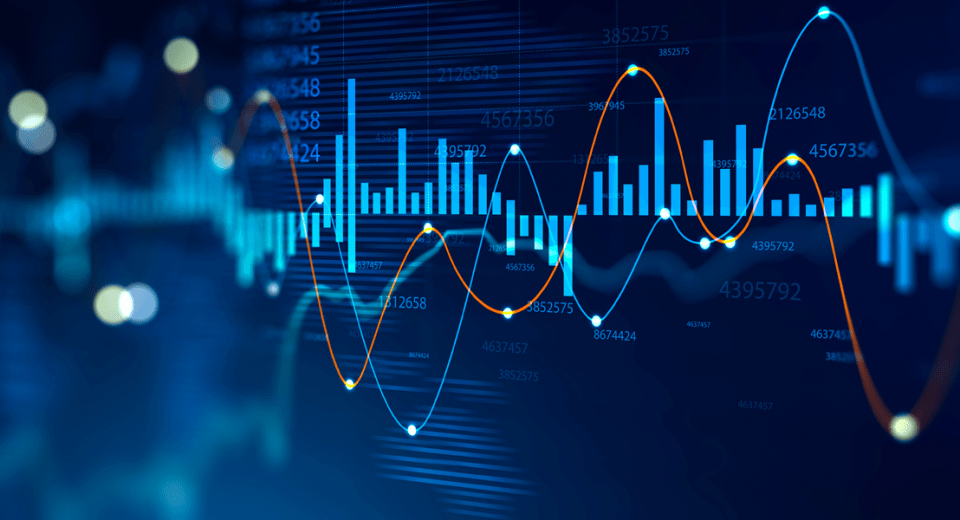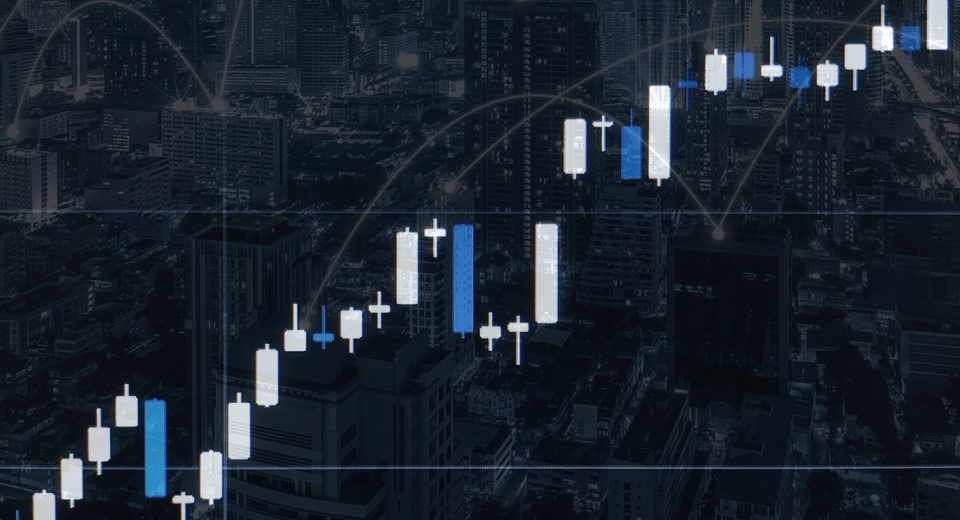Gann, Elliott and Wolfe – what does it take to get an indicator named after you? In this article we’ll dissect one of the better known reversal patterns and find out how useful in can be for traders.
Wolfe Wave patterns are naturally occurring trading patterns that appear in all financial markets, including forex. Discovered by an S&P 500 trader, Bill Wolfe, these are natural and reliable reversal patterns that can occur across all timeframes, from one minute to one month. Indirectly connected to the Harmonic patterns, Wolfe Wave patterns are used in breakout trading.
Understanding and Identifying Wolfe Wave Patterns
A five-wave pattern, the Wolfe Wave pattern consists of five waves showing supply and demand for an equilibrium price. This type of pattern is used by traders to predict where the price is heading and when it might reach there. The key to using this pattern for profitable trades is its correct and timely identification.
A Wolfe Wave pattern consists of five waves, with the second and fourth ones being the retracement waves. Rules for identification of this pattern include:
- The third and fourth waves must stay within the channel created by the first two waves.
- Wave 1-2 equals Waves 3-4 (they are symmetrical).
- Wave 4 lies between Waves 1 and 2.
- There is a regular gap between all waves.
- Wave 5 exceeds the trendline created by Waves 1 and 3.
So, the identification of this pattern requires the identification of the prevailing trendline and ensuring that it has at least four touch points. In the next stage, you need to check that this trendline is clearly broken, with the last high/low being challenged. Once the pattern has been identified, a trader can place an order at a point where the trendline becomes a diagonal support/resistance line.
The EPA, or the estimated price at arrival, line is an important feature of trading, with the help of a Wolfe Wave pattern. This line is formed by connecting Point 1 with Point 4 on the pattern. So, how and when should you take a trade position? Once you have drawn the trendline connecting Points 1 and 3, wait for the price to hit Point 5. This should be followed by the lookout for a bullish reversal candlestick pattern. If yes, one can place a buy order near this level and set a profit target at a level when the price reaches the EPA line.
Similarly, in case of a bearish Wolfe Wave, you can make a sell decision around Point 5. A trading strategy based on this pattern warns traders against taking buy or sell decisions blindly. It is recommended that they wait for the confirmation of their analysis by a bearish reversal candlestick.
Another thing that every trader needs to remember is that since Wolfe Waves appear on any available time frame, it is important to stick to one time frame and not change time frames in the middle of trading. So, if you have started with a ten-minute chart, stick to it and do not get tempted to shift to another time frame, since this might prove catastrophic. Remember that changing the time frames will in no way reduce the volatility associated with forex trading. It is always advisable to use good trading software or systems.
A Wolfe Wave pattern is highly useful in finding the direction of the price movement of a currency pair. But its correct identification, and adherence to a set strategy and rules are important for ensuring fruitful trades.
Disclaimer
If you liked this educational article please consult our Risk Disclosure Notice before starting to trade. Trading leveraged products involves a high level of risk. You may lose more than your invested capital.





